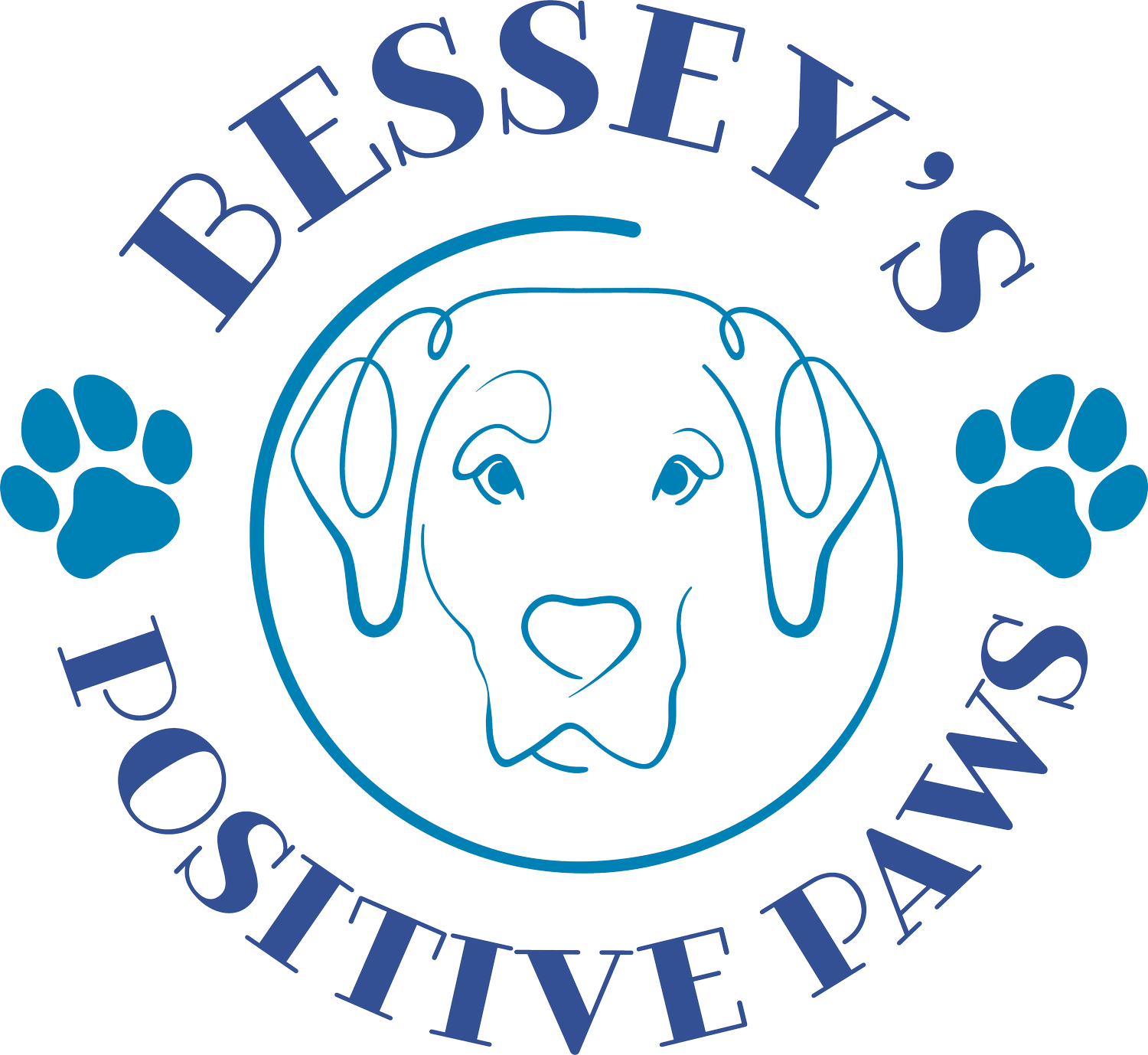When Your Dog Won't Come
In my classes I like to get a sense of what my student’s goals are with their dogs. After I have everyone introduce themselves I ask: What are your goals? I can almost always expect at least 1 if not all of the students to include coming when called as one of their goals or something similar like having a dog who is reliable off leash. It makes sense. It is an important and life saving behavior. Behavior is the key word in that last sentence. By definition behavior is: the way in which an animal or person acts in response to a particular situation or stimulus.
There is a misconception that dogs understand the word “Come” and should appear as soon as they hear it. In truth, we must train this behavior just like we train our dogs to sit or roll over.
In my experience, most owners have not formally trained a “Come” behavior. When the puppy is around 8 weeks to 5 months old they prefer to be around their human. When we use come during this period of time it is highly probable that the puppy will come because they want to be near people, they are dependent on them. This gives the human a false sense of security that their puppy actually knows how to come but this is not true. Once the pup reaches adolescence, it becomes clear that the dog does not know what “Come” means because they are no longer returning to their person. There is a misconception that dogs understand the word “Come” and should appear as soon as they hear it. In truth, we must train this behavior just like we train our dogs to sit or roll over. What do you do when your dog won’t come? If you are struggling with teaching “Come” here are 3 things to get your started on a reliable recall.
1. Add value to the Word
With the dog on a 6 ft leash, say the word “Come” and start to back up. When the dog begins to move with you, say Yes! and continue to praise them until they reach you. Then give them a high value reward such as chicken, freeze dried liver, or cheese (the stinkier the reward, the better). Do not use “Come” outside of this practice. It is important to do this exercise for at least a week, if not more, multiple times a day in different locations. Our goal with this is to have the dog develop muscle memory. that the word come means move towards the handler.
2. Never Punish
Never punish the dog for returning if it took a long time or if they didn’t come immediately. Take it as a learning experience as to why the dog didn’t come back. Was the dog placed in a situation he wasn’t ready for? The key to getting a reliable recall is to always keep it positive and enjoyable from the dog’s perspective. Don’t call the dog from play or something fun to snap the leash on the collar and make it end. Even if you give the high value reward it may be overshadowed by the fact that lots of fun just stopped.
3. Increase Distractions Gradually
Once the word has been charged it is time to gradually add distractions, indoors first, and then outdoors keeping the dog on a leash. Gradually increase the length of the leash as your dog is successful. I have leashes in lengths of 10’, 30’, and 40’. A longer leash provides the dog with some freedom while preventing them from running away and ruining all the hard work you’ve invested. “Come” should not be used unless you are willing to put $100 down on the behavior, that the dog will come. If you aren’t willing to make that wager then the distraction is too great and the word should not be used. The last thing you want is to use “Come” and then have your dog not come. If you end up with the dog not returning, you are teaching him that “Come” only means appear when he feels like it or when there isn’t anything more tempting or better to do.
These are just a few of the steps to take to have your dog come. In Bessey’s Positive Paws classes we also includes fun games and more tips to strengthen the recall. Taking the time to build a reliable recall will allow some dogs to have more freedom off leash in the future.
Don’t want to miss out on other helpful articles? Subscribe or like our Facebook page.


